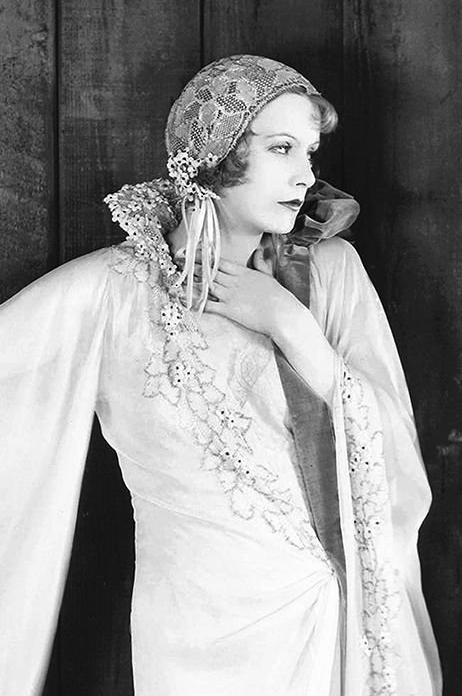
Two Faces of a Star
December 2, 2021 | The Economist
She was everything on screen and not much off it. That is the conclusion to be drawn from Robert Gottlieb’s biography of Greta Garbo, the legendary film star of the 1920s and 1930s. “Was she even an actress, or was she merely a glorious presence?” he asks. Readers’ assessments of her glory may depend on their view of how much personal morality matters. A millionaire many times over, on her death in 1990 Garbo bequeathed a pittance to her live-in maid; she failed to increase her annual tip to the doorman of her building in Manhattan for 37 years.
Luxuriously attired as Anna Karenina or Mata Hari, Garbo shone for the camera. She swooned, she wept, she ravishingly died, a vision of unknowable Swedish beauty. The costumier at mgm remarked that no one else wore gowns with such ease. Her grey-blue eyes were her best feature and dazzled even in black and white. As a teenager she beguiled the director Mauritz Stiller, who helped make her famous. “There is something quite extraordinary about that girl,” he said. “I must discover what it is.”
Mr Gottlieb, a former editor of the New Yorker and a distinguished book publisher, is a trenchant critic and not easily impressed. He listened to surreptitious recordings of Garbo’s phone calls “until I was so bored I couldn’t bear to go on.” Yet Garbo herself makes him giddy. She reminds him “that life is not only difficult and painful but also worth living.” That is high praise from the editor of Toni Morrison’s novels and the biographer of Balanchine, a choreographer of genius.
A paradox runs through this astute and entertaining book. It is a portrait of a celebrated actor whose films are mostly terrible. “Susan Lenox” is a “hodgepodge of nonsense,” says Mr Gottlieb; “Two-Faced Woman” is “a ghastly mess.” Only “Camille” and “Ninotchka” receive enthusiastic praise—but even Garbo’s best films now come across as gauzy melodramas at best, camp spectacles at worst. She is the main reason to watch any of them.
Even in an account as engaging as this, though, she appears vapid in her private life. She lacked intellectual curiosity, the author reports, and was not especially witty. She collected Renoirs but kept them wrapped in cheesecloth. Her friends and lovers (reputedly of both sexes) were tossed away like handkerchiefs. Mr Gottlieb’s judgment is questionable in its generosity: “Certainly she used people ruthlessly, but people wanted to be used by her.” After professing an interest in the un she was given a private tour, during which she opined on the colour of the carpets.
Tellingly, Mr Gottlieb compares Garbo to two other movie stars: Marilyn Monroe and Meryl Streep. Although he praises Garbo’s acting, today anyone watching her embrace a bouquet of flowers in “A Woman of Affairs” may think she was overdoing it. She seems better paired with Monroe, remembered most for her allure and mystique, than with Ms Streep, a masterful thespian with chameleonic powers. Garbo was an icon rather than an artist, famous for who she was rather than what she did. “Maybe she wasn’t really very interesting,” Mr Gottlieb concludes of his elusive subject. “Who could tell?”